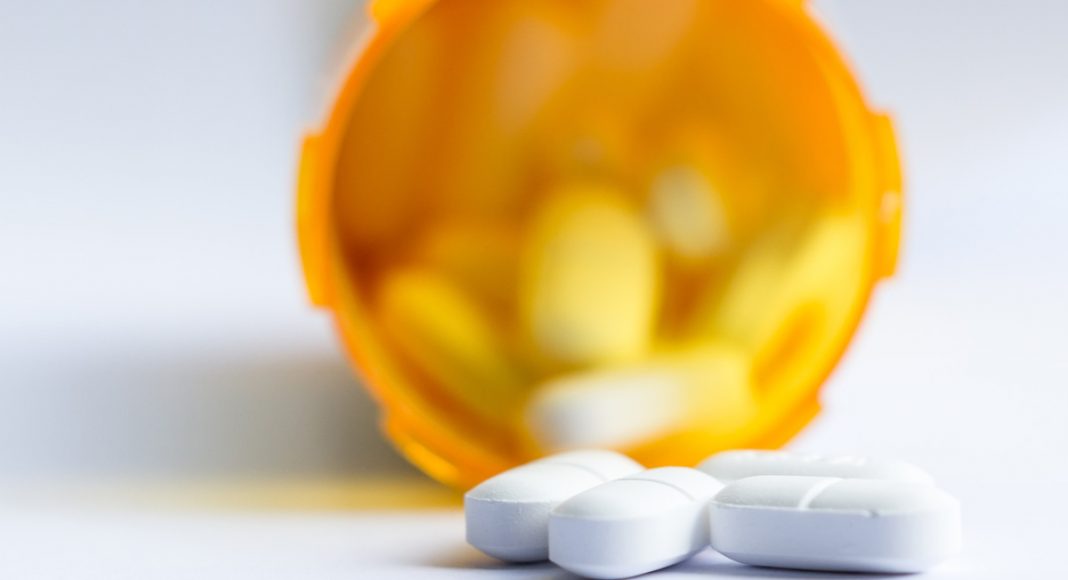Marijuana is legal in over half the nation for medicinal use. It is in these jurisdictions that patients are permitted to use cannabis for a variety of ailments ranging from anxiety to chronic pain.
Meanwhile, the US is smack dab in the middle of one of the worst drug epidemics to ever sweep the land. Somewhere around 60,000 people a year are succumbing to fatal overdoses from opioids, according to the latest statistics from the Centers of Disease Control and Prevention. This is more death than the whole of the Vietnam War.
It is a situation that has all sides looking for answers. And while some studies have suggested that medical marijuana could pull the nation out of the pits of the opioid epidemic, federal officials have so far rejected the idea. Many of them, namely US Attorney General Jeff Sessions, find it absurd that switching one drug for another will remedy the problem.
Although medical marijuana may not be a salvation’s wing for the entire scope of the opioid scourge, there is evidence that it could help people who rely on pain medications.
The scientific minds from the University of California Center for Medicinal Cannabis Research published a report back in 2010 suggesting that cannabis medicine “may allow for opioid treatment at lower doses with fewer [patient] side effects.” The study went on to explain that “inhaled” marijuana safety enhanced “the analgesic effects of opioids.”
In 2015, a separate study determined that medical marijuana is being used as replacement for opioids. The study, entitled “Do Medical Marijuana Laws Reduce Addictions and Deaths Related to Pain Killers, found that 80 percent of medical marijuana patients are using cannabis as a substitute for prescription medications. This was especially true for those suffering with pain conditions. The consensus of the report was that most pain patients would likely make the switch to marijuana if given legal access.
It was just last week that two studies emerged pointing to medical marijuana as the great green hope in curbing the opioid problem. “Medical cannabis laws are associated with significant reductions in opioid prescribing in the Medicare Part D population,” the authors concluded. “This finding was particularly strong in states that permit dispensaries, and for reductions in hydrocodone and morphine prescriptions.”
-
Related Story: Legal Weed: An Accidental Solution To The Opioid Epidemic
Although cannabis advocates are eager to push the story about how medical marijuana saved the world, not all pain patients are excited about the possibility of this alternative treatment. Some of them claim that medical marijuana simply isn’t strong enough to cut through severe pain.
“Trauma and battlefield injuries could not be managed without the analgesic effects of opioids,” said Roger Chriss, a Washington-based technical consultant, who suffers from a connective tissue disorder known as Ehlers Danlos syndrome. “The same is true for tens of thousands of cancer surgeries, organ transplants and hip replacements. And for the neuropathic pain caused by chemotherapy or the pain of a sickle-cell crisis. The list goes on and on. Opioids are an invaluable medical resource.”
But no one is suggesting that opioids be eliminated all together — only that patients be given a legal alternative to painkillers that does not come with the risk of addiction or overdose. After all, this is America. Citizens should be given the freedom to use every tool in the shed.


